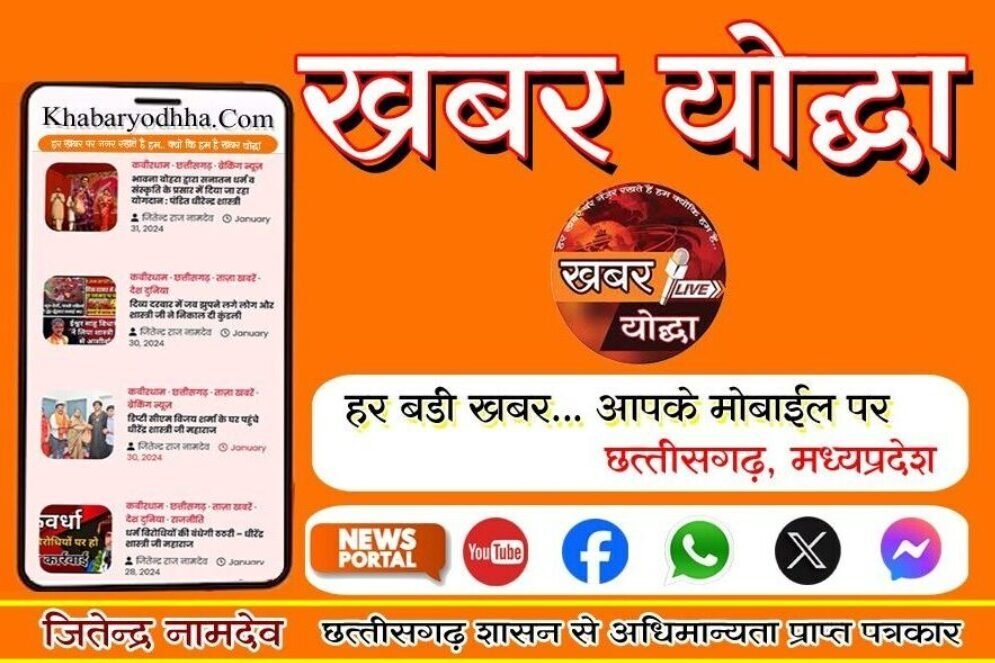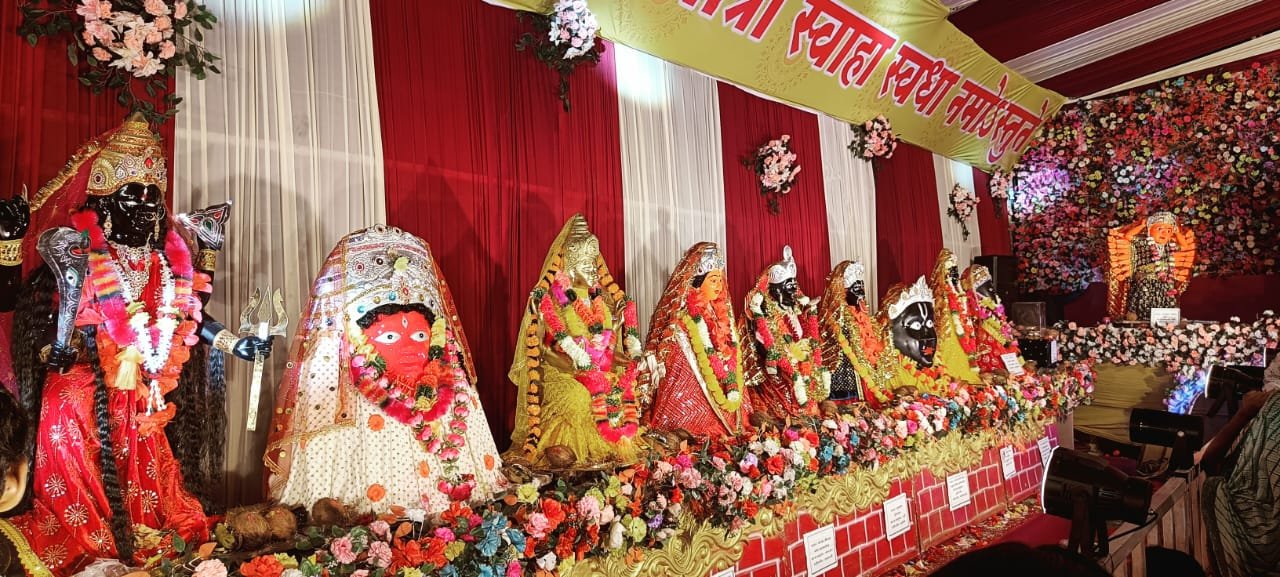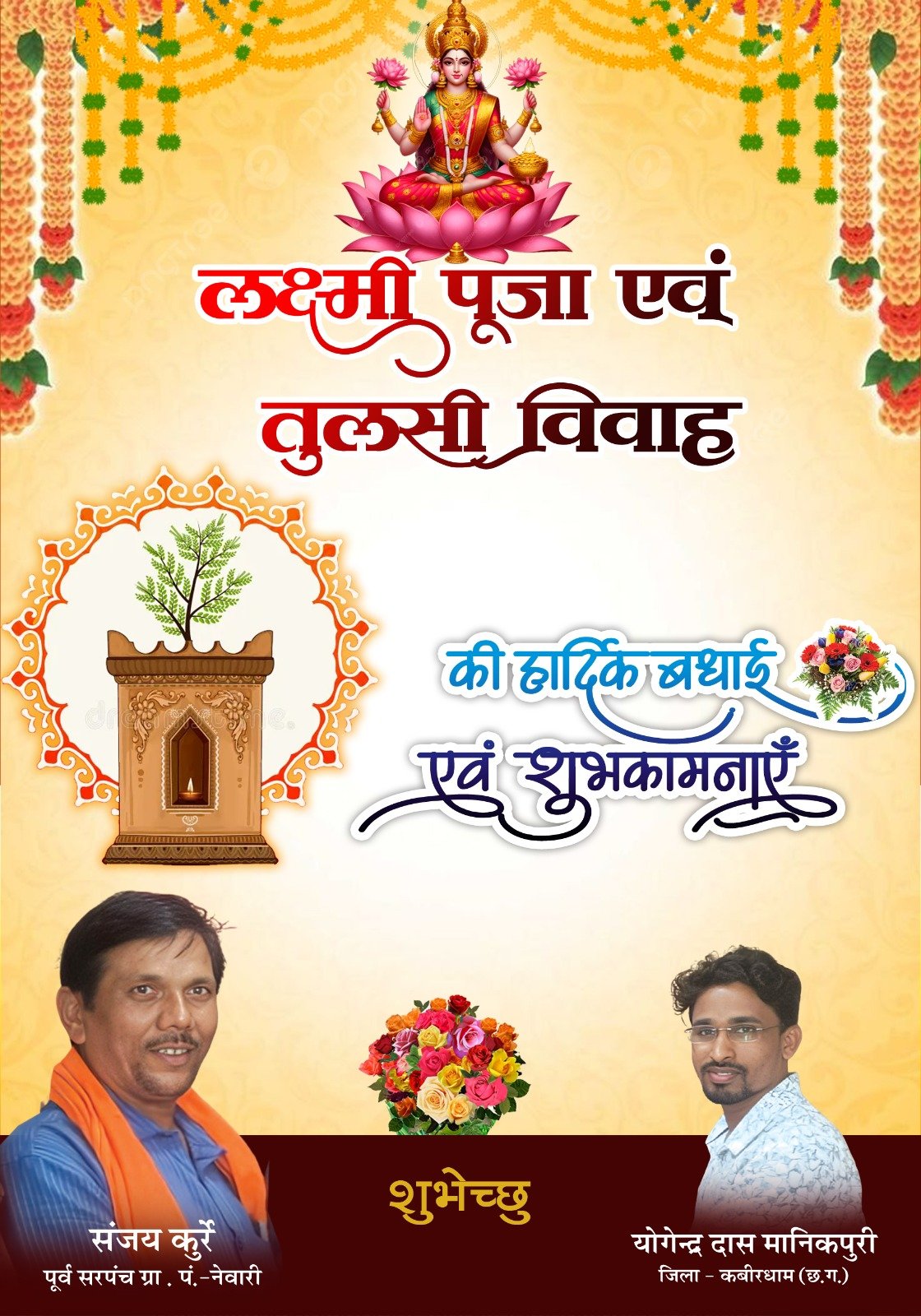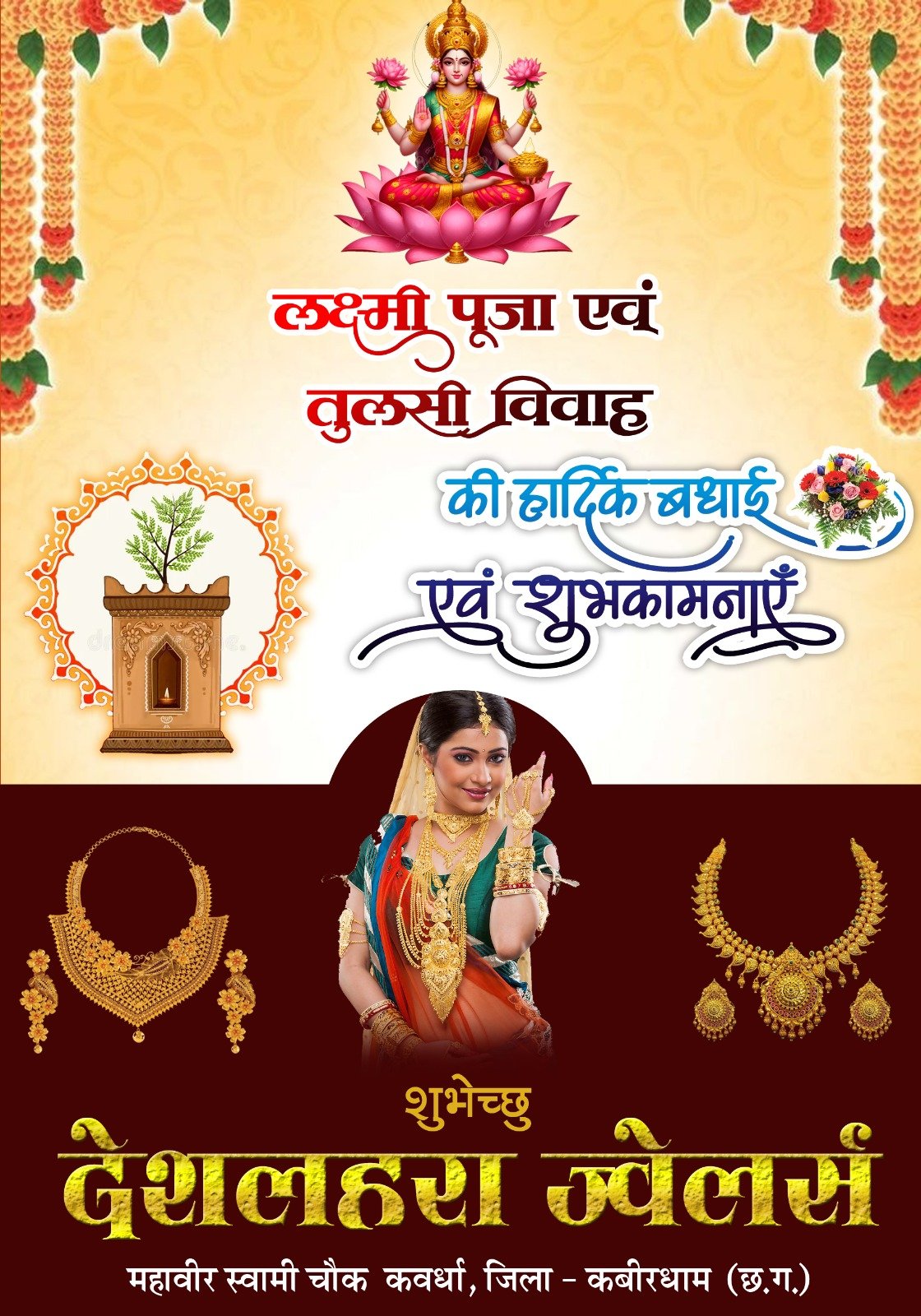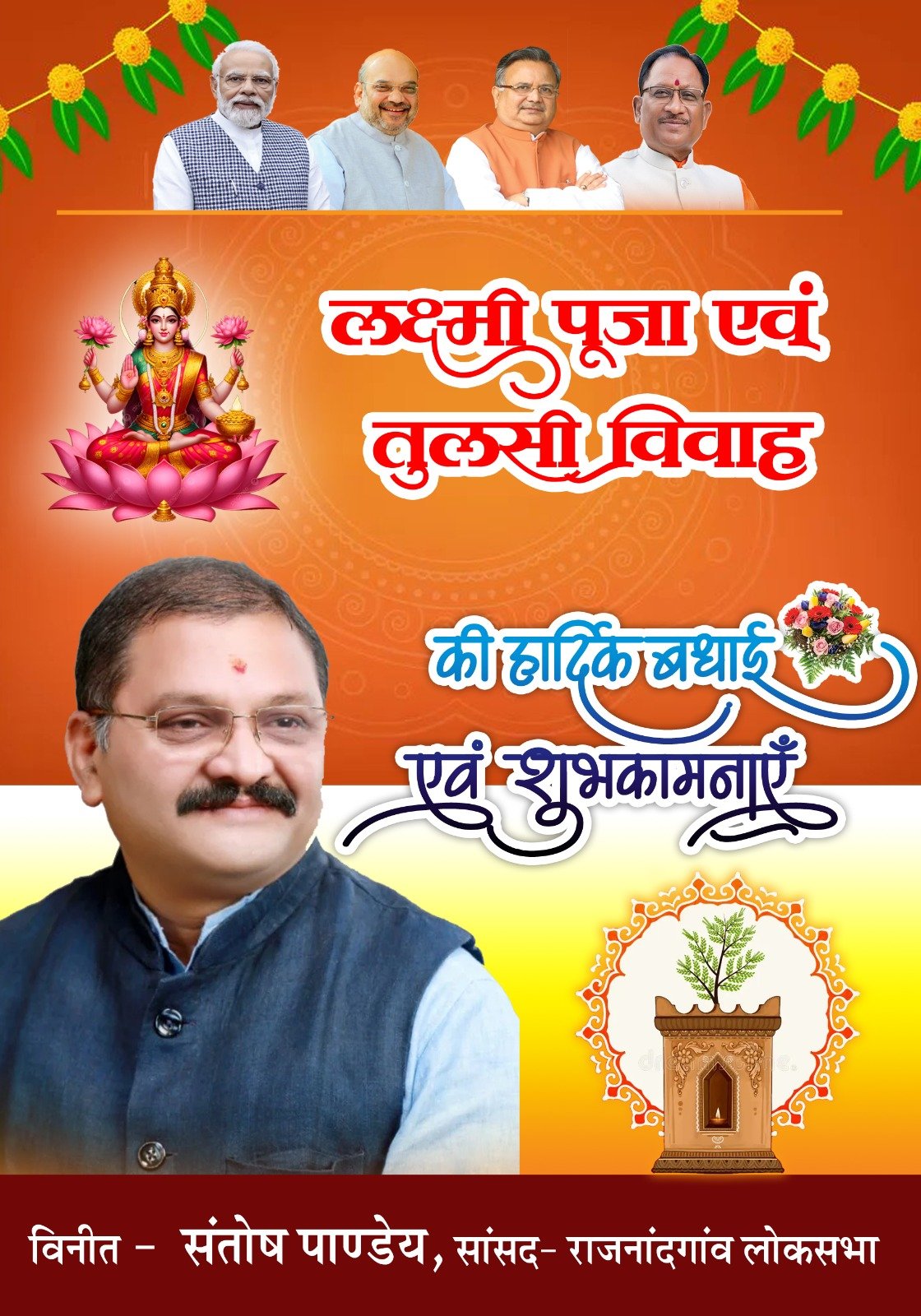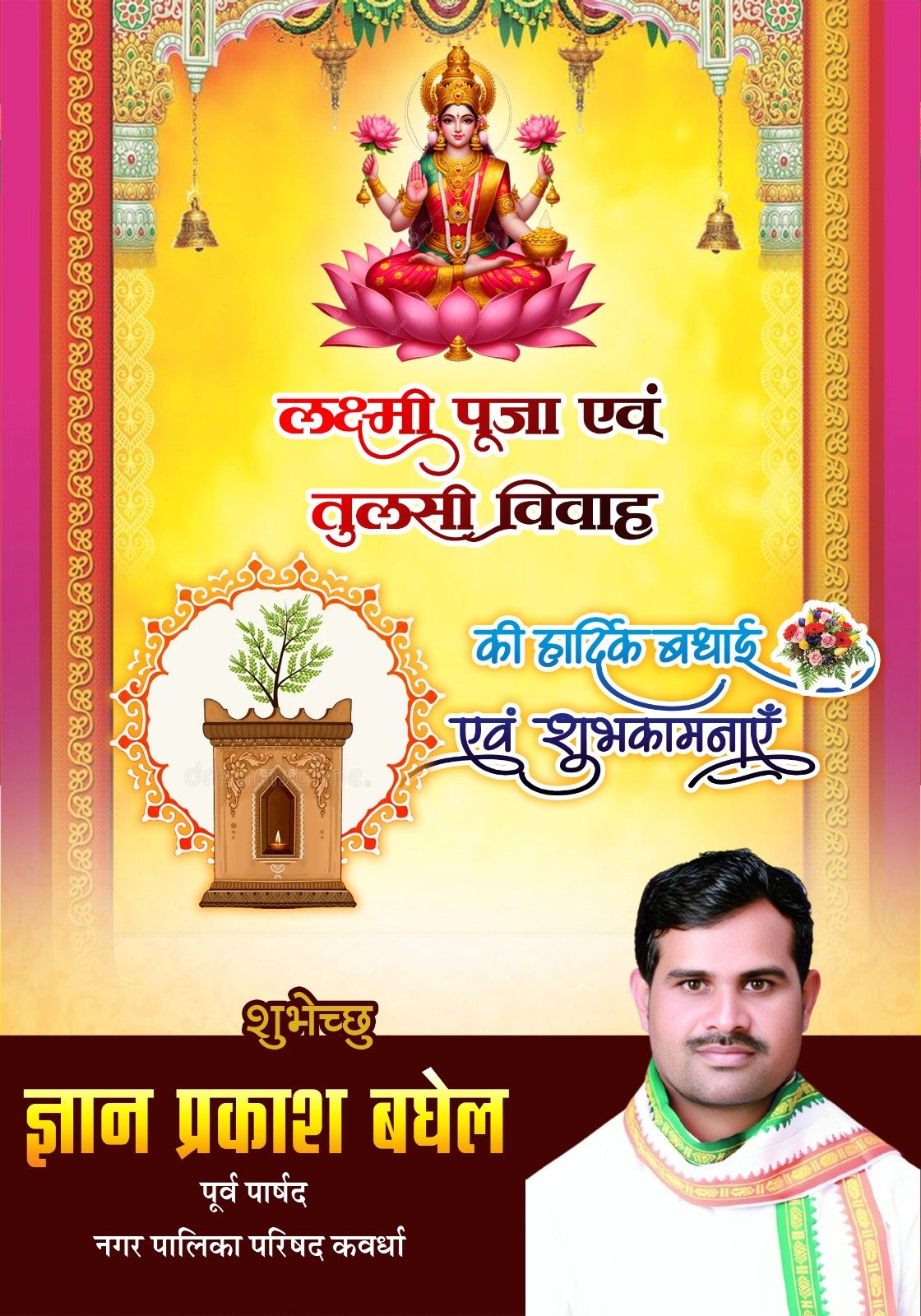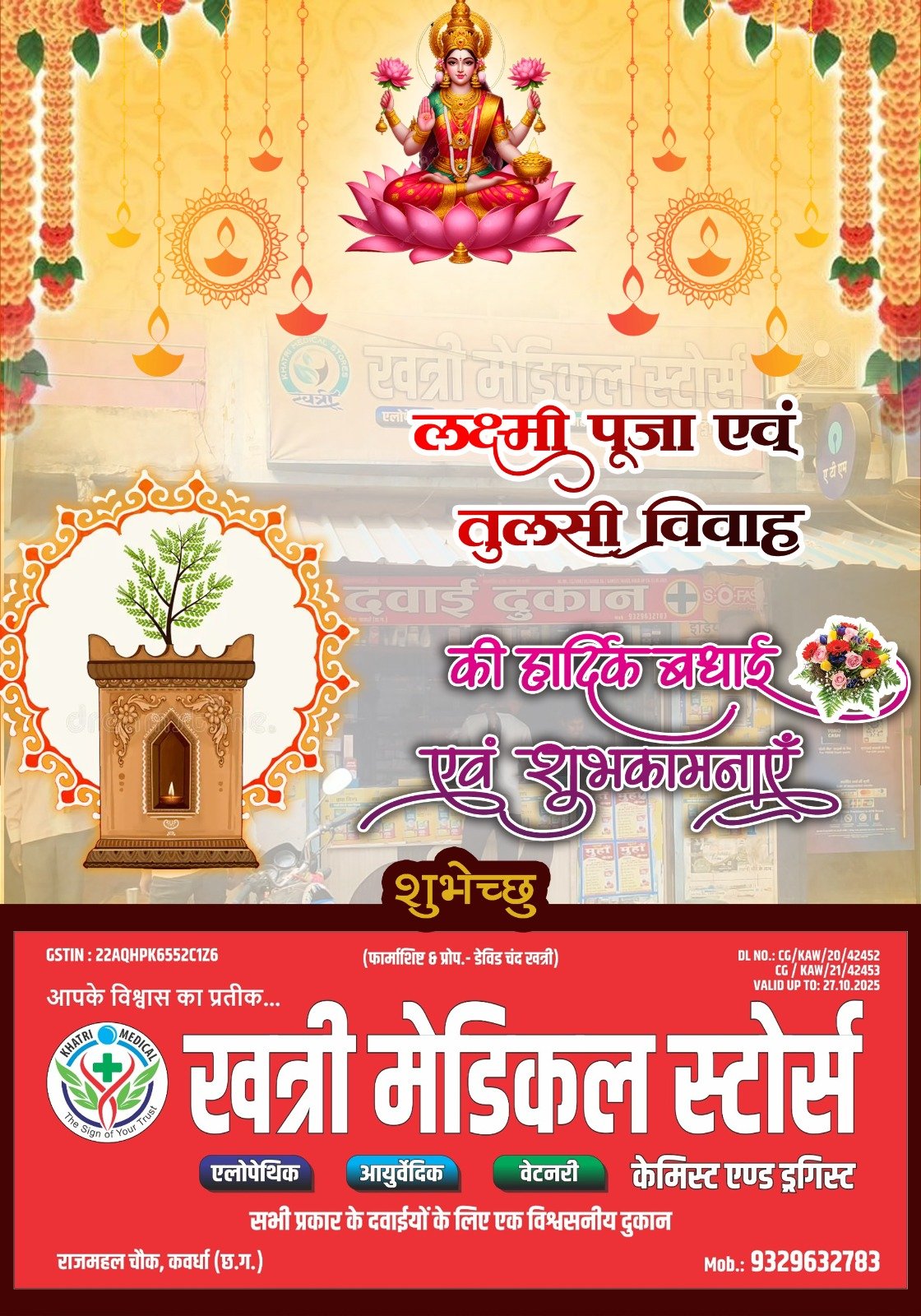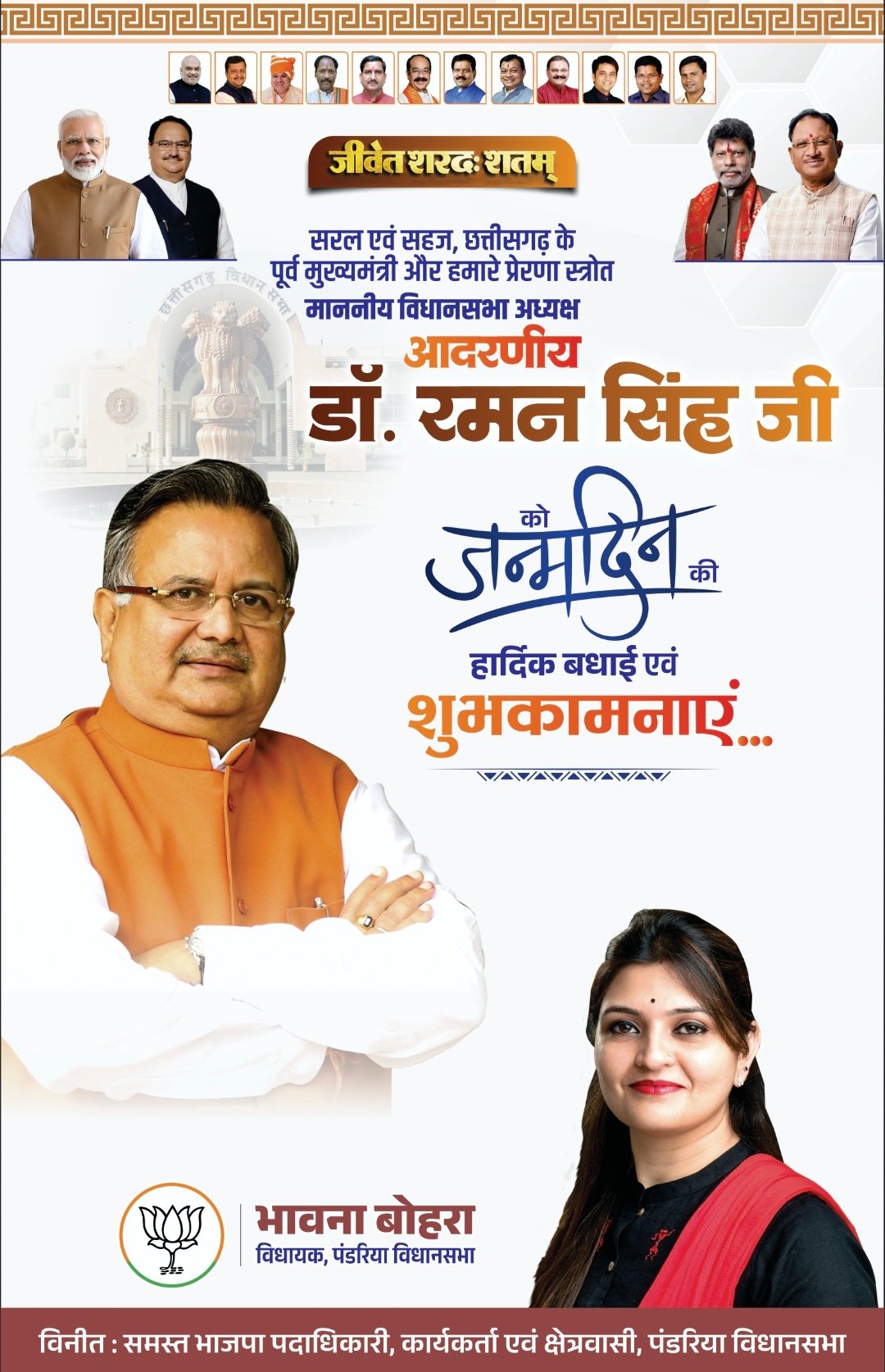Symbols have long been a fundamental component of human communication, serving as visual, auditory, and experiential representations of complex ideas, beliefs, and cultural identities. In contemporary media and entertainment, their significance has only grown, enabling creators to craft immersive, emotionally resonant experiences that transcend language and cultural barriers. Understanding how symbols function in modern entertainment not only enriches our appreciation of media but also reveals the strategic depth behind engaging content.
Table of Contents
- Introduction to Symbols in Modern Entertainment
- Theoretical Foundations of Symbolism
- Types of Symbols Used in Modern Entertainment
- Symbolic Mechanics in Video Games and Slot Machines
- Unlocking Meaning Through Symbolic Combinations
- The Power of Symbols in Creating Immersive Experiences
- Case Study: Gold Party 2: After Hours as a Modern Symbolic Example
- Non-Obvious Aspects of Symbol Power in Entertainment
- Ethical and Cultural Considerations in Symbol Usage
- Conclusion: Harnessing Symbols for Engaging and Meaningful Entertainment
Introduction to Symbols in Modern Entertainment
In the realm of contemporary media—whether films, television, video games, or online content—symbols serve as powerful tools that communicate complex ideas swiftly and effectively. They function as visual shorthand, allowing creators to embed cultural references, evoke emotions, and build thematic coherence without lengthy explanations. For example, the use of a shamrock or Celtic knot in modern slot games instantly signals Irish heritage, creating a culturally resonant environment for players.
Historically, symbols have evolved from simple icons in ancient art to sophisticated motifs in modern branding and entertainment. Traditional symbols—like religious icons or national flags—laid the groundwork for today’s layered visual storytelling. The shift from literal to abstract symbolism has enabled media to craft nuanced narratives that tap into collective subconscious and cultural memories, enriching user experience.
The purpose of exploring the power of symbols in entertainment is multifaceted: understanding their psychological impact, enhancing storytelling, and creating memorable brand identities. By decoding how symbols influence perception and emotion, creators can design content that resonates deeply, encouraging engagement and loyalty.
Theoretical Foundations of Symbolism
Psychological and Cultural Theories
The use of symbols draws heavily on psychological theories—particularly Carl Jung’s concept of archetypes. Jung proposed that universal symbols, stored in the collective unconscious, evoke shared emotional responses across cultures. For instance, the image of a treasure chest in a game can symbolize wealth and success, triggering subconscious desires and motivation.
Cultural theories further explain how symbols acquire specific meanings based on societal context. A Celtic cross or shamrock carries distinct cultural significance, which influences how audiences interpret symbols in entertainment. This layered understanding allows media to tap into collective identities and emotional triggers effectively.
Subconscious Perception and Emotional Response
Research indicates that symbols can bypass rational analysis, engaging viewers’ subconscious mind to elicit emotional reactions. For example, visual motifs like the color green in Irish-themed slots evoke feelings of luck, growth, and prosperity through cultural associations. These subconscious cues enhance the entertainment experience, making it more immersive and emotionally charged.
Efficient Communication of Ideas
Symbols condense complex ideas into simple visual or auditory cues, facilitating quick understanding and emotional connection. This efficiency is crucial in fast-paced media, where capturing attention swiftly is key. The strategic placement of symbols—such as the shamrock in a slot game—can signal bonus rounds or special features, guiding player behavior intuitively.
Types of Symbols Used in Modern Entertainment
Visual Symbols: Imagery, Icons, and Motifs
Visual symbols are perhaps the most immediately recognizable. They include icons like coins, hearts, or cultural motifs such as shamrocks and Celtic knots. These images evoke specific themes or emotions—trust, love, luck—and are often stylized to fit the narrative or aesthetic of the content.
Auditory Symbols: Sounds, Music, and Voice Cues
Sound design employs auditory symbols to reinforce visual cues or create emotional atmospheres. For example, a cheerful musical motif in slot machines signals winning opportunities, while specific voice cues in gaming can serve as auditory icons for triggers like bonus rounds or jackpots.
Interactive Symbols: Mechanics and Gameplay Features
In interactive media, symbols extend beyond imagery to mechanics—such as Wilds, Scatters, or bonus icons—that influence gameplay. Their strategic placement and function—like Wild multipliers in Gold Party 2 After Hours—drive engagement and strategic decision-making.
Symbolic Mechanics in Video Games and Slot Machines
Influence on Player Engagement
Symbols serve as visual and mechanical cues that guide player behavior, heighten anticipation, and reward progress. For example, stacking Wild multipliers can exponentially increase potential winnings, creating excitement and encouraging continued play.
Specific Mechanics: Wild Multipliers, Bonus Triggers, and Stacking
In modern slots like Gold Party 2 After Hours, symbols such as Wilds not only substitute for others but also carry multipliers—sometimes stacking to boost payouts significantly. Bonus triggers often depend on specific symbol sequences, adding layers of strategic depth.
Case Study: Irish-themed Symbols and Cultural Resonance
Irish symbols—clovers, harps, and pots of gold—are chosen for their rich cultural resonance, evoking luck and prosperity. Their effective use in game mechanics leverages cultural familiarity to enhance engagement and emotional investment.
Unlocking Meaning Through Symbolic Combinations
Importance of Pairing and Sequences
The arrangement of symbols—such as a sequence of Irish-themed icons—can unlock special features or reinforce thematic storytelling. For example, a specific order of shamrocks and gold coins might trigger bonus rounds, adding layers of meaning and anticipation.
Examples from Modern Games
Modern slots often employ layered symbolism, where combinations like Wild multipliers stacked with bonus icons create dynamic gameplay. In Gold Party 2 After Hours, the interplay of Irish motifs and multipliers exemplifies this layered approach, enhancing both excitement and cultural storytelling.
Gameplay Dynamics and Filled Matrices
Filling the matrix with Wilds or specific symbols amplifies the chances of triggering high-value rewards. This mechanic taps into the symbolic power of abundance—particularly relevant in Irish-themed games—where filled matrices symbolize prosperity and luck.
The Power of Symbols in Creating Immersive Experiences
Enhancing Storytelling and Thematic Consistency
Symbols anchor the narrative, creating a cohesive world that feels authentic. Irish-themed games utilize visual and auditory symbols—like Celtic knots and traditional music—to immerse players in the cultural ambiance while reinforcing the story of luck and prosperity.
Evoking Emotions and Nostalgia
Symbols often trigger emotional responses rooted in cultural memories. For instance, shamrocks evoke a sense of Irish identity and luck, fostering nostalgia and emotional engagement, which are vital for player retention and satisfaction.
Building Brand Identity and Loyalty
Consistent symbolic themes help establish strong brand identities. A game like Gold Party 2 After Hours leverages Irish motifs and modern mechanics to create a distinctive experience that encourages brand loyalty among fans of Irish culture and innovative gameplay.
Case Study: Gold Party 2: After Hours as a Modern Symbolic Example
This game exemplifies how classic Irish themes can be seamlessly integrated with contemporary mechanics. Symbols such as shamrocks, harps, and pots of gold serve both aesthetic and functional roles—triggering bonus features and multiplying winnings. The stacking of Wild multipliers, combined with thematic visual motifs, creates an engaging, culturally resonant experience that leverages the timeless power of symbols.
Educationally, Gold Party 2 After Hours demonstrates strategic symbol placement and mechanic design, illustrating how symbols can be used not just for decoration but as integral parts of gameplay dynamics. This strategic use enhances entertainment value while respecting cultural symbolism.
Non-Obvious Aspects of Symbol Power in Entertainment
Subtle Symbolism and Hidden Messages
Game designers embed subtle symbols—like hidden Celtic patterns or cultural references—that reward attentive players and deepen engagement. These hidden messages often serve as Easter eggs or thematic layers that enrich the gaming experience.
Cultural Symbolism and Global Influence
Symbols rooted in specific cultures can transcend borders, influencing global audiences. Irish symbols, for instance, have become universally associated with luck and prosperity, allowing games utilizing these symbols to appeal worldwide.
Psychological Impact on Value and Excitement
The strategic use of symbols—like multipliers and bonus icons—can psychologically amplify perceived value, making rewards feel more substantial. This perception boosts excitement and encourages continued play, demonstrating the subtle yet profound power of well-designed symbols.
Ethical and Cultural Considerations in Symbol Usage
Risks of Cultural Misappropriation
Misusing symbols—such as stereotyping or insensitivity—can offend cultures and undermine authenticity. Responsible design involves thorough cultural research and respectful representation to avoid perpetuating stereotypes.
Balancing Entertainment and Cultural Sensitivity
Developers must balance engaging gameplay with cultural respect. Incorporating symbols thoughtfully, with awareness of their significance, ensures entertainment does not come at the expense of cultural integrity.
Future Trends: Responsible Innovation
Emerging trends emphasize inclusive, culturally sensitive design that leverages symbols ethically. This approach fosters a global, respectful entertainment environment that celebrates diversity while maintaining engagement.
Conclusion: Harnessing Symbols for Engaging and Meaningful Entertainment
Symbols remain a cornerstone of effective storytelling and engagement in modern entertainment. Their ability to convey layered meanings, evoke emotions, and build cultural resonance makes them invaluable tools for creators.
As exemplified by innovations like Gold Party 2 After Hours, thoughtful integration of symbols—balancing tradition with modern mechanics—can elevate gameplay to a new level of immersive storytelling. Moving forward, responsible and culturally aware use of symbols will be crucial for developing entertainment that is not only engaging but also respectful and meaningful.
“Symbols are the bridge between abstract ideas and emotional resonance, making them essential in crafting memorable entertainment experiences.” — Media Theorist
